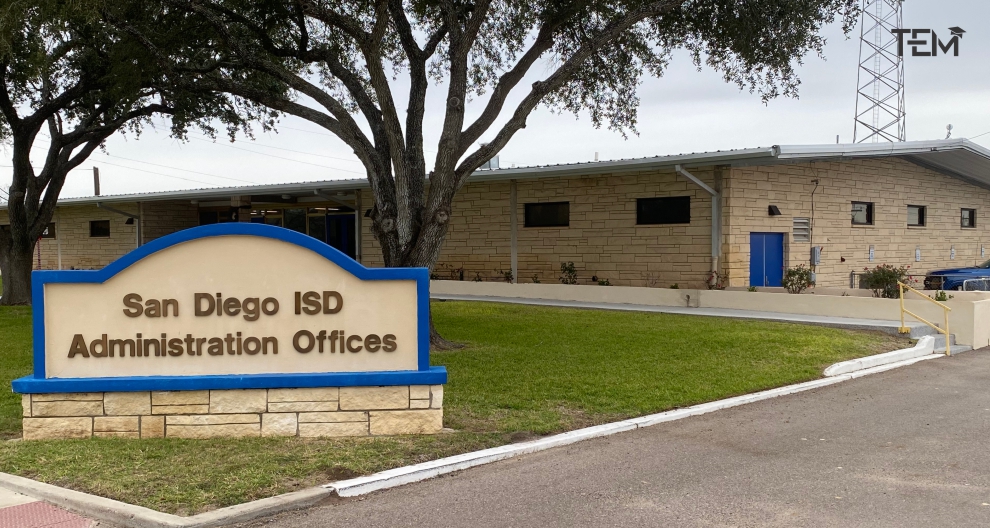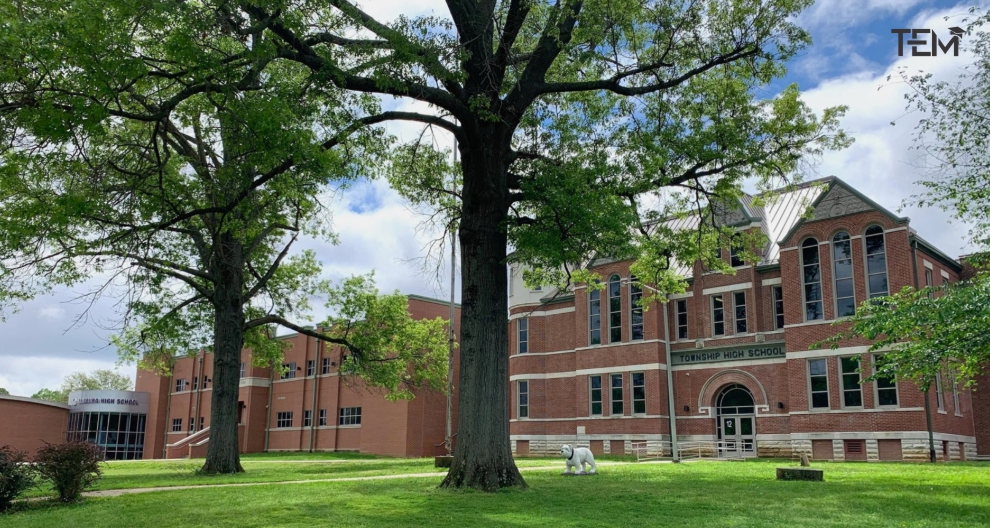In recent years, the composition of clinical teams has shifted, with nurse practitioners (NPs) increasingly present alongside physicians, nurses, and administrative staff. This change is more than a matter of staffing numbers. The presence of an NP often alters the rhythm, tone, and even the culture of a clinic. The shift can be subtle at first, manifesting in the way patient consultations are handled or how team members coordinate care. Over time, it becomes clear that this is not just an addition to the roster but a redefinition of the clinic’s identity.
Clinics that integrate NPs tend to display a different balance between clinical independence and collaboration. NPs often serve as a bridge between the medical and nursing worlds, combining diagnostic authority with a holistic approach to patient care. This dual perspective can influence how protocols are applied, how decisions are made, and how patients experience the clinic. The result is often a more fluid and responsive environment, where the lines between roles are less rigid and the focus remains sharply on patient outcomes.
Patients frequently notice these changes before they can fully articulate them. The environment can feel more personal, yet still highly professional. There may be a heightened sense of attentiveness and a slightly different tempo in the delivery of care. For some clinics, this shift has become part of their competitive advantage, as the qualities NPs bring help define the clinic’s unique identity.
The Clinical Impact Beyond the Job Description
When NPs join a clinic, their influence extends far beyond their official scope of practice. Their training allows them to diagnose, prescribe, and manage patient cases, yet their approach often draws from a more relationship-driven philosophy. This blend of clinical authority and personal engagement can leave a lasting mark on patient satisfaction. Many patients find their concerns explored with a depth that invites trust, and conversations often expand to include lifestyle choices, preventative measures, and long-term wellness strategies.
Their presence can also shape workflow in ways that are felt across the clinic. By managing much of the ongoing care for routine and chronic conditions, NPs give physicians the bandwidth to focus on complex or urgent cases. The result is fewer delays, more balanced workloads, and a more consistent pace that benefits the entire team. This redistribution of responsibilities often brings a sense of calm to the day-to-day operations, which both staff and patients quickly come to appreciate.
These shifts are reinforced by a growing recognition of the distinct place NPs hold in healthcare. Their expanding responsibilities and ability to strengthen continuity of care are becoming a defining feature of many practices. That influence is reflected in how they bridge expertise with teamwork. It offers insight into why their integration changes not just operations but the very character of a clinic. Over time, this presence can subtly reshape how care is delivered and how patients connect with the clinic.
Strengthening Patient Relationships
One of the most visible differences an NP makes is in the quality and depth of patient relationships. Because NPs are often trained to prioritize holistic care, they frequently allocate more time to patient conversations. This creates space for stronger mutual trust, which can be critical when discussing sensitive health issues or long-term management strategies. Patients often respond positively to this extra engagement, feeling heard and valued in ways that may not always be possible in more time-pressured encounters.
That trust has measurable effects on outcomes. Patients who feel comfortable with their providers are more likely to follow treatment plans, attend follow-up appointments, and engage in preventative care. NPs often excel at creating that comfort, in part because their communication style blends clinical precision with accessible language. The result is a patient base that is both more informed and more invested in their own care.
In family practice settings especially, NPs frequently become key figures in multi-generational care. They may treat parents, children, and grandparents, creating a sense of continuity that strengthens both the patient’s bond to the clinic and the clinic’s role in the community. This continuity reinforces the clinic’s reputation as a place where relationships are nurtured alongside health outcomes.
Expanding Access to Care
The addition of NPs often directly impacts access to healthcare services. By increasing provider availability, clinics can reduce appointment backlogs and offer more flexible scheduling. In rural or underserved areas, NPs may represent a critical point of access, particularly in places where physicians are in short supply. Their ability to provide primary care, manage chronic conditions, and perform minor procedures can make the difference between a community having consistent healthcare or facing long delays.
In many cases, NPs can also expand the clinic’s service offerings. They may introduce new programs for preventative health screenings, chronic disease education, or wellness counseling. These initiatives can be especially valuable in addressing public health priorities, such as managing diabetes rates or improving cardiovascular health outcomes. The net effect is not just more appointments available, but a broader scope of care delivered to the patient population.
Access to care is not solely about volume; it is also about inclusivity. NPs often have a reputation for being approachable and willing to spend the time needed with patients who might otherwise feel rushed or dismissed. This quality helps bring marginalized or hesitant patients into the healthcare system, where they can receive ongoing care rather than relying solely on emergency services.
Integrating Collaborative Care Models
Modern healthcare increasingly values team-based approaches, and NPs are well suited to thrive in such environments. Their role naturally involves collaboration with physicians, nurses, and allied health professionals, making them a central figure in coordinated care efforts. The integration of NPs can serve as a catalyst for improving interdisciplinary communication, leading to more cohesive treatment plans and better patient outcomes.
The impact of collaboration extends beyond the immediate care team. NPs often play a role in coordinating with outside specialists, community health resources, and patient families. This broader coordination helps ensure that care plans are followed and that transitions between different care settings are smooth. In complex cases, the NP may act as the consistent point of contact, reducing the likelihood of miscommunication or gaps in care.
Clinics that embrace collaborative care models often see improvements in efficiency and patient satisfaction. With an NP facilitating coordination, the risk of duplicated tests, conflicting instructions, or overlooked details is reduced. This streamlining can result in lower costs for both patients and the clinic while improving the quality of care delivered.
The Cultural Shift Within the Clinic
The arrival of an NP often prompts a cultural evolution inside a clinic. Their training emphasizes patient education, preventative care, and holistic wellness, and these values can begin to influence the broader team. Over time, staff may adopt a more proactive approach to patient care, shifting from reactive treatment of symptoms toward ongoing wellness support.
Such a cultural shift can affect internal relationships as well. NPs frequently model collaborative decision-making and respect for each member’s expertise. This attitude can help break down hierarchies that sometimes hinder communication within clinical settings. The resulting work environment can become more open, with ideas and concerns shared more freely among all levels of staff.
The benefits of this cultural change can be felt in patient interactions as well. A clinic that operates with greater mutual respect and shared purpose internally often projects that same atmosphere outward. Patients sense the unity and commitment of the staff, which in turn reinforces their confidence in the quality of care they receive.
Looking Ahead: The Future of NPs in Clinics
The trajectory for NP integration into clinics appears strong. Workforce trends indicate a continued increase in NP graduates, and policy shifts in many states are expanding their scope of practice. This growth is expected to bring more clinics into contact with the transformative effects NPs can have on operations, culture, and patient outcomes. In competitive healthcare markets, these advantages could become decisive.
Future clinics may look very different from the traditional physician-led model. The growing acceptance of NPs as primary care providers means their influence on care delivery models will likely deepen. This could result in even more patient-centered approaches, with NPs shaping not just the care provided, but also how clinics define success.
While challenges remain in ensuring consistent training standards and addressing regulatory differences between states, the overall trend points toward greater inclusion of NPs in all types of clinics. The result will likely be a healthcare landscape where the distinctive contributions of NPs are not the exception, but a defining feature of modern patient care.
Also Read: Why Pediatric NPs Are Essential in Family Practice Clinics











